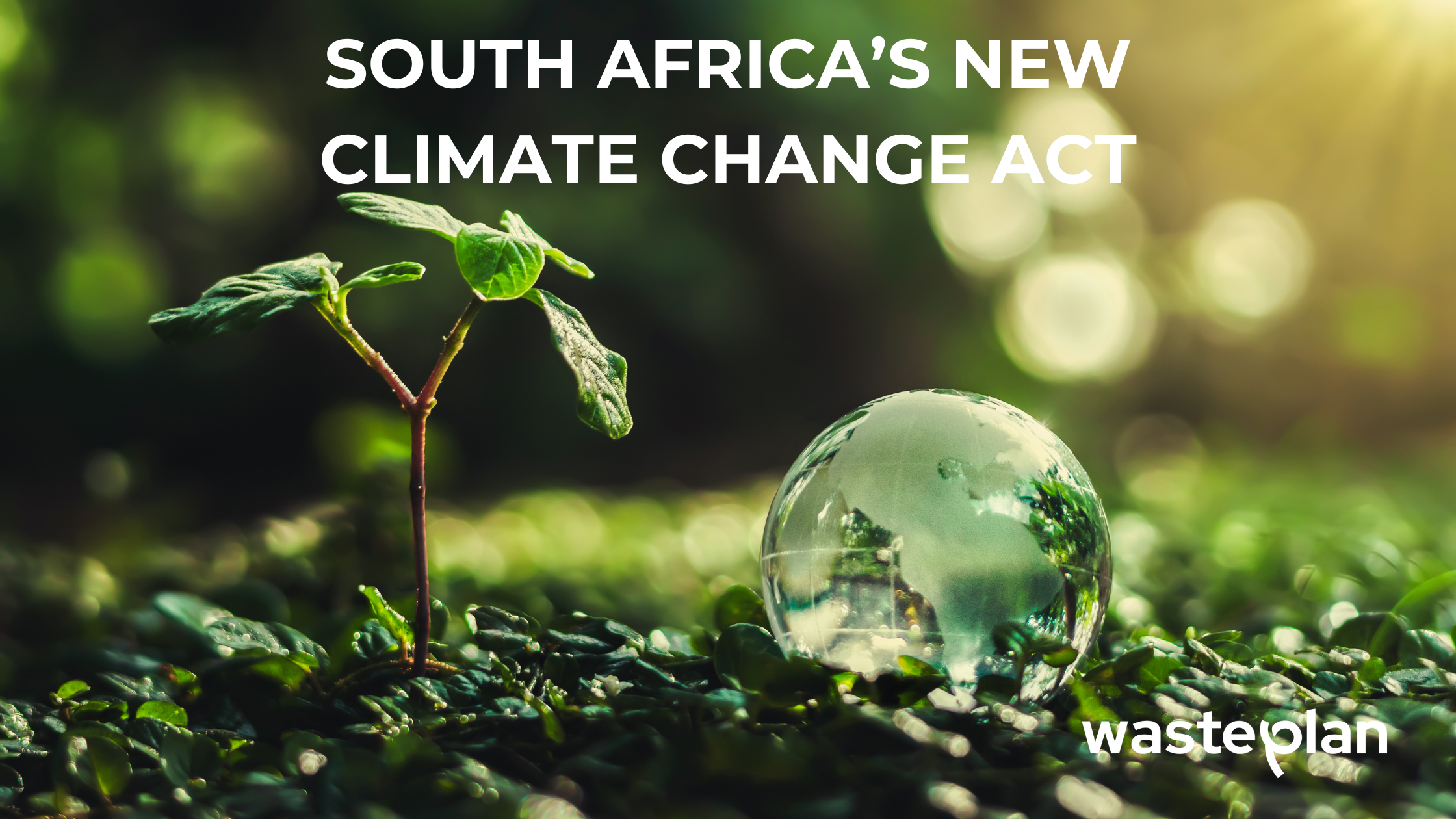A landmark piece of legislation, a decade in the making
In a groundbreaking step towards addressing the impact of climate change, the parliament of South Africa recently passed the Climate Change Act 22 of 2024. It recognises the obligation of international commitments made by the country, such as being one of the 196 signatories to the Paris Agreement. Over the last few years, countries have been submitting their national climate action plans, known as nationally determined contributions (NDCs), and South Africa has committed to a 31% reduction and a fixed target for greenhouse gas emissions in the range of 350–420 MtCO2e by 2030.
After having undergone numerous revisions since 2011, the Climate Change Act has been welcomed by many (including the World Resources Institute and the Energy Council of South Africa) for creating a cohesive framework that outlines not only how the country plans to adapt to and mitigate the impact of climate change, but also how it aims to achieve a long-term just transition to a low-carbon economy.
For businesses, this move isn’t just about compliance with new legislation – it signals a deeper integration of climate concerns into every level of planning, policy-making, and economic activity. It works hand-in-hand with other critical measures like the Carbon Tax and the Integrated Resource Plan, which charts South Africa’s long-term strategy for electricity supply. The Climate Change Act ensures that climate change isn’t seen as just an environmental issue, but a key element of social and economic strategy.
5 Key features of South Africa’s Climate Change Act
The new Act has far-reaching implications for various sectors, especially those in agriculture, energy, and manufacturing. Let’s highlight five key features businesses need to understand:
-
Clearly defined roles across government levels
The Act clearly outlines the roles and responsibilities of national, provincial, and local governments when it comes to climate policy. For example, the Act requires the establishment of a national greenhouse gas emission trajectory, and also requires provincial and local governments to cooperate with local communities to address climate adaptation challenges.
For the first time, Ministers are now mandated to factor climate risks into their decision-making process, particularly when approving new development projects. This requirement will impact industries with significant infrastructure development, as they will now need to demonstrate climate-resilience in their planning stages.
-
Sector-wide and corporate emission targets
Importantly, the Act imposes sector-wide emission targets in addition to private sector carbon budgets. It enables the Minister of Forestry, Fisheries and the Environment to set emissions targets for various sectors (such as agriculture, energy and transport) as well as prescribe emission limits at a company level.
The Act provides that the Minister must take all relevant considerations into account, including:
- the best available science, evidence and information
- the best practicable environmental options available and alternatives that could be taken to mitigate the emission of greenhouse gases, and
- national strategic priorities.
-
Mandatory reporting and accountability
Businesses that have been allocated carbon budgets must regularly report their emissions, mitigation strategies, and performance. Carbon budgets are allocated for 3 successive 5-year periods (so 15 years at a time), and a business to whom a carbon budget has been allocated may apply for a revision or cancellation of the carbon budget under certain circumstances.
The Act imposes strict penalties for inaccurate reporting, failure to submit mitigation plans, or neglecting to implement reduction measures. The Act makes the following an offence:
- Failure to submit the required data, information, samples or materials,
- Providing false and misleading data, information, samples or materials,
- Failure to prepare and submit a greenhouse gas mitigation plan if allocated a carbon budget, or
- Failure to adhere to measures for reducing or eliminating synthetic greenhouse gases.
If convicted of an offence, a person is liable for a fine of up to R5 million or imprisonment for up to 5 years. This is increased to R10 million or 10 years (or both) for a second conviction.
NB! It is important to note that actually exceeding the carbon limits isn’t yet considered a criminal offence, but it is clear that businesses need to be transparent and proactive, implementing data collection systems to track and report emissions accurately.
-
A just and inclusive transition
One of the Act’s defining features is its focus on achieving a low-carbon economy without sacrificing social justice. Policymakers are tasked with ensuring that green initiatives don’t hurt vulnerable groups, derail job creation, or exacerbate poverty. For businesses, this means that sustainability strategies need to consider both environmental and social impacts. For example, companies in sectors like mining, agriculture or energy must balance cutting emissions with supporting employees whose livelihoods could be affected by the shift towards greener policies.
-
Political will and effective implementation are key
Though ambitious, the success of the Climate Change Act relies heavily on strong political will and effective stakeholder engagement. A key factor is the timeline – implementation will only begin after a presidential proclamation, and many are watching to see how soon that will happen. Once in effect, the success of the Act will depend on how effectively it is enforced across both public and private sectors. Companies need to stay informed and engaged, especially as further regulations are rolled out.
A new era of climate action in business strategy
The Climate Change Act redefines climate action as an integral part of economic and social planning. It compels businesses to think holistically about their environmental impact, as well as their role in helping South Africa move toward a low-carbon, climate-resilient future.
At WastePlan, we understand the complexity of adapting to these new requirements. Our focus is on helping businesses improve their environmental sustainability without sacrificing operational efficiency. To support your business in this new climate landscape, we’d like to offer you a complimentary waste management gap analysis.





